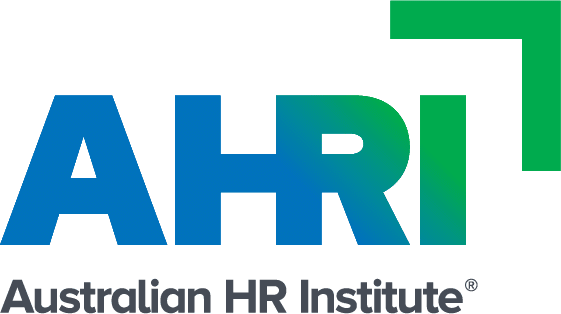The most common definition of Workforce Planning (WFP) is "having the right people, in the right place, with the right capabilities at the right time".
The key principles of Workforce Planning are about:
- Translating future business directions into associated workforce need,
- Analysing and understanding the make-up of the current workforce (through demographic staff profiling, SWOT analysis, environmental scanning, etc.)
- Determining the necessary skills, capabilities and competencies required to achieve strategic and operational goals in the future
- Developing policies and strategies that will assist in achieving these goals.
Therefore, at a basic level, WFP is about predicting future workforce needs and undertaking actions to ensure the business is prepared to meet them.
Purpose
Workforce Planning provides leaders with a framework for making informed staffing decisions which are in line with the organisation’s strategic and operational goals. This is opposed to reactionary or “knee-jerk” staffing decisions that may seem necessary at the time, but eventually turn out to be ineffective in supporting the strategic directions of the organisation.
It also provides a mechanism for integrating a range of HR strategies that can assist with the attraction and retention of staff in a systematic, equitable and strategic way. This could be through the use of:
- Competitive remuneration arrangements
- Professional development opportunities
- Succession planning
- Flexible work practices
- Family-friendly working arrangements
- Other employment conditions tailored to individual needs.
Benefits
A workforce plan provides a strategic basis for making human resource decisions. Some of the benefits of WFP include:
- Identification of more effective and efficient uses of an organisation’s human resources
- Effective planning in relation to workforce profile to ensure business continuity
- Proactive people management as opposed to just-in-time management or management by crises
- Development of a range of alternative courses of action to meet changing market environments
- Providing managers with sufficient information to allow them to manage their business costs effectively
- Developing better business managers
- Assisting in the management and planning of leave
- Planning for professional development of existing staff
- Targeted training expenditure to achieve maximum value for money and benefit
- Understanding issues associated with retention and turnover to manage shifts in staff levels minimal impact on the workforce, individuals and the business.
The alternative to WFP is to make staffing decisions in an ad-hoc or reactionary way that does not support the longer-term goals of the organisation. This type of decision-making may lead to:
- Inflexible workforce that does not have the necessary capabilities to deliver future requirements necessary for the organisation to achieve its goals
- Operational goals that are inconsistent with the organisation’s wider vision and strategic focus
- Inability to attract and retain high quality staff, due to irrelevant or inconsistent human resource policies and practices
- Inability to access the benefits of a diverse and inclusive workforce
- Staff development resources being funnelled to activities which do not support the strategic goals of the organisation
- Under-utilisation of staff
- Increased staffing costs
- A lack of leadership capability and sustainability
- Misinformed management decision-making.
The Role of HR in Workforce Planning
Workforce Planning is a strategic business process and should be undertaken in a way that involves all levels of management – from executive to line managers. HR professionals play a critical role in managing and facilitating the workforce planning process.
HR supports workforce planning through the provision of:
- Management information reports based on workforce data and analysis
- Advice on processes such as needs analyses and skills audits
- Advice and guidance relating to equal opportunity requirements
- Advice and guidance relating to employee relations requirements
- Planning and execution of HR strategies and programs to support workforce requirements and close gaps in current and future needs
- Advice and guidance relating to change management.
Need to download as a PDF? Click “Print” from your internet browser and select to save this document as a PDF.
Updated February 2022
